There are several reasons why you may need to uproot a tree and transplant it elsewhere. It could be that the tree was planted too close to the house and therefore the roots are causing problems with the house foundation, or maybe the leaves are hanging over your roof in an unappealing way. Whatever the reason, you don’t have to get rid of the tree altogether. You can actually move a tree without killing it.
Just remember that transplanting a tree successfully requires some skill. Depending on the size of the tree, you can either do it yourself or hire professional landscapers for the job. It’s important to note that if you plan to transplant a large tree, enlist the help of a professional.
But First, When Is the Best Time to Uproot a Tree?

A key factor to consider when transplanting a tree is timing. The best time to move a tree depends on its type. Nonetheless, the general rule is to transplant trees when they’re dormant, usually in early spring or fall. This is because when trees are active with fruits and leaves, they use their roots to transfer water from surrounding soil through their branches, and all the way to their canopies.
Therefore, if you uproot a tree during the summer when it’s awake, it results in what’s known as transplant shock. Transplant shock is a process in which trees are unable to root well due to moving it to a new environment. So, to avoid this, make sure you only transplant your trees when they’re dormant so that their roots remain vital.
Simple Steps for Uprooting a Tree
For homeowners interested in gardening, transplanting a tree without killing it is the perfect challenge. Just simply follow these 5 easy steps:
1. Water the Tree Well
Three days before you uproot a tree, make sure you water the soil surrounding the tree well to ensure the root ball is moist when you dig up the tree and transplant it. Experts recommend doing this step at least two days before you uproot the tree stump.
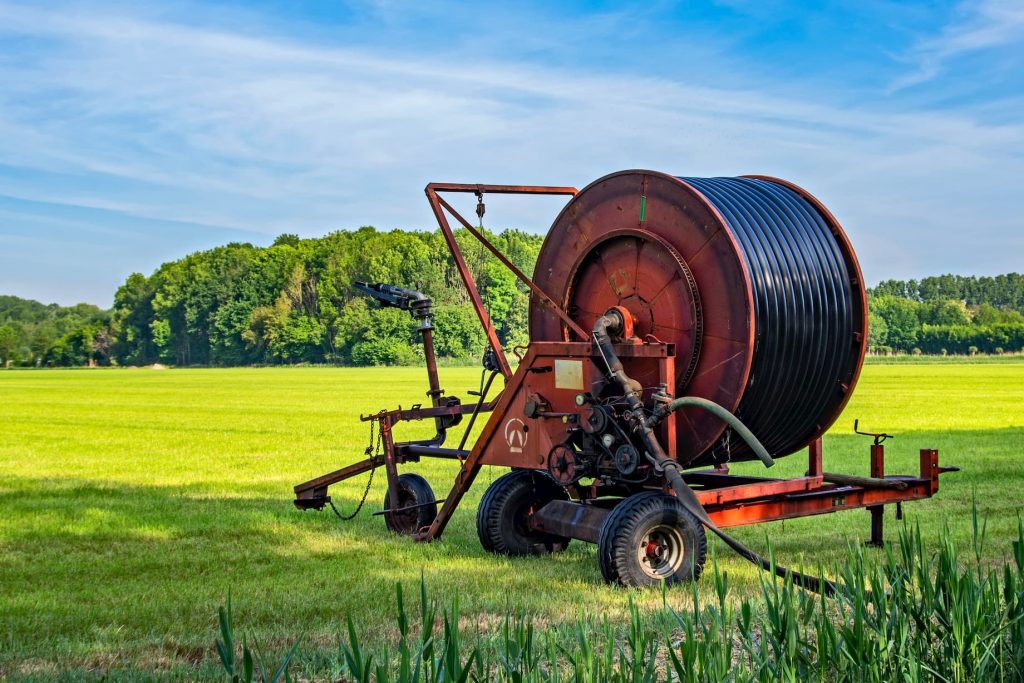

2. Secure the Branches
Using a garden twine, tie the branches of the tree. Begin with the lowest branch and work your way up the tree, wrapping the twine around the branches as you go. This protects the branches when transporting the tree and also makes uprooting the tree easier.
3. Dig up The Root Ball
Using a shovel, dig up the root ball. Be careful not to damage any roots during this process. You will need to determine what size root ball to dig. A good way to do this is by measuring the diameter of the tree trunk at chest height. Then, multiply this by 8 to 12 inches for each inch of trunk diameter.
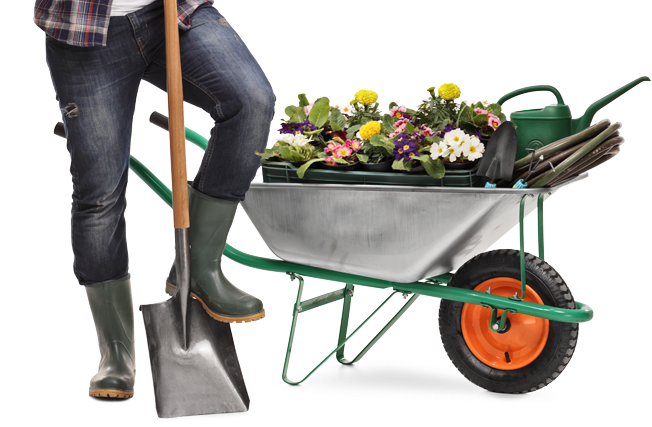

4. Wrap the Root Ball with Burlap
Wrapping the roots with burlap is an extra measure of precaution to protect them. To do this, tilt the tree a little to give you room to slide the burlap underneath the root ball. Then, tie the burlap tightly to keep the root ball intact.
5. Uproot the Tree
Once the root ball is secure, carefully lift the tree by holding the root ball—not the trunk. Move it gently to its new location or onto a tarp for transport.
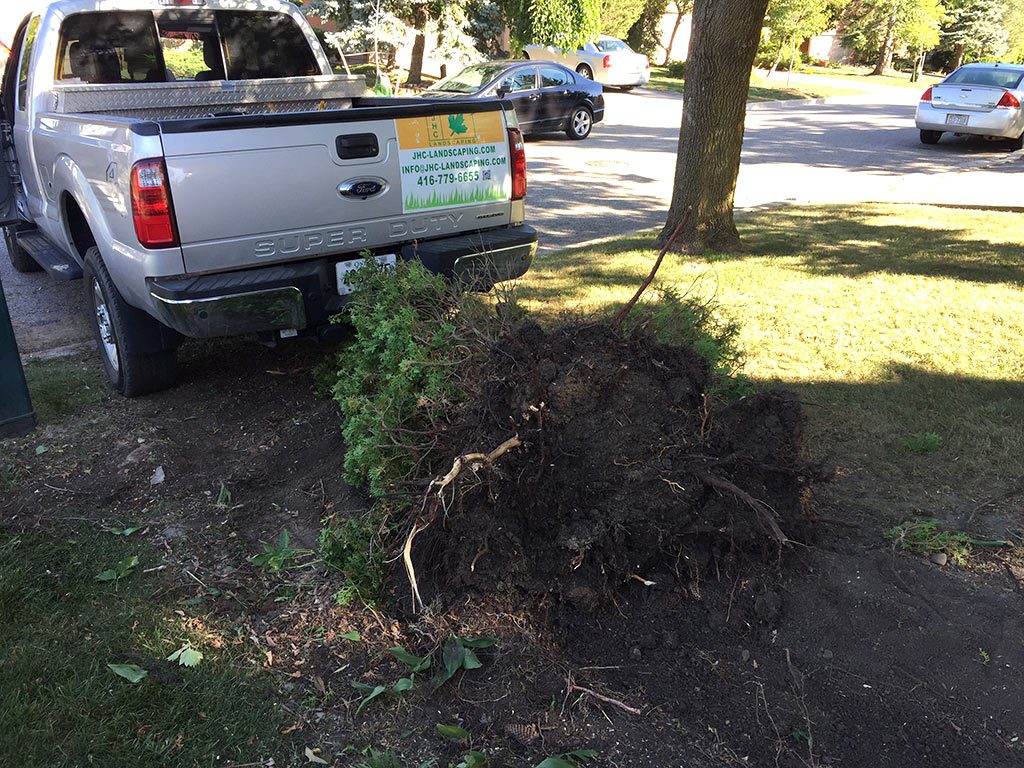
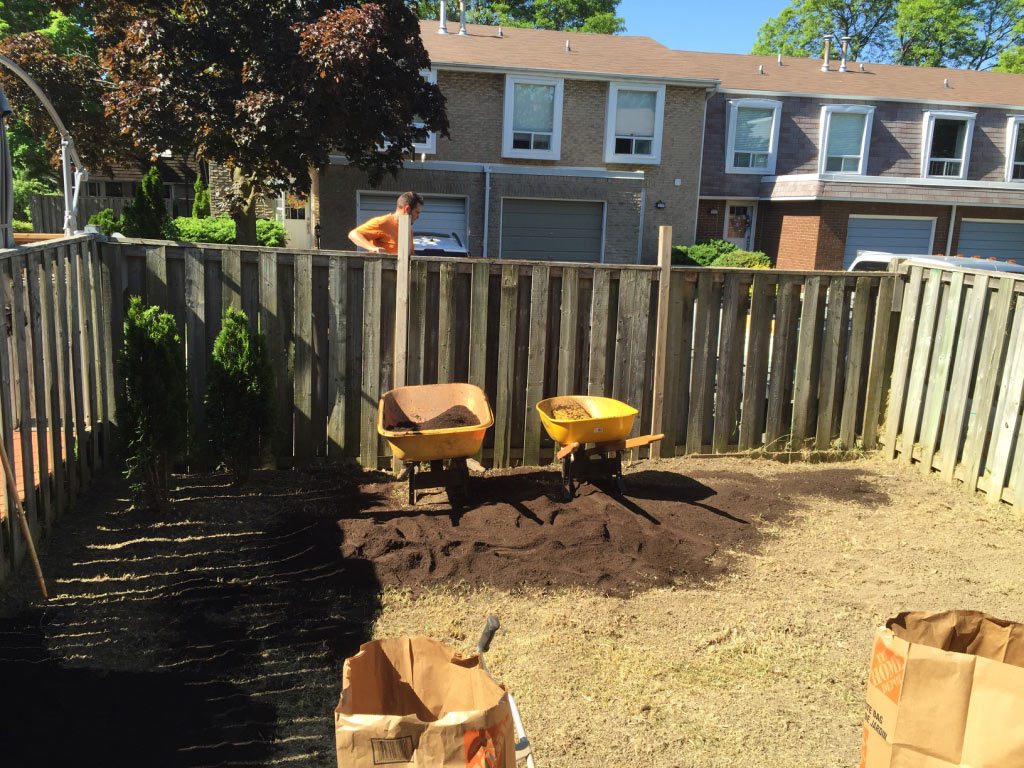
6. Prepare the New Hole
Dig a hole that is 2–3 times wider than the root ball but 2–3 inches shallower. This allows the tree to sit slightly above ground level, preventing water from pooling around the trunk.
7. Position the Tree
Lower the tree into the hole carefully, making sure the trunk is straight and that the root flare (the point where the trunk widens at the base) is slightly above soil level.
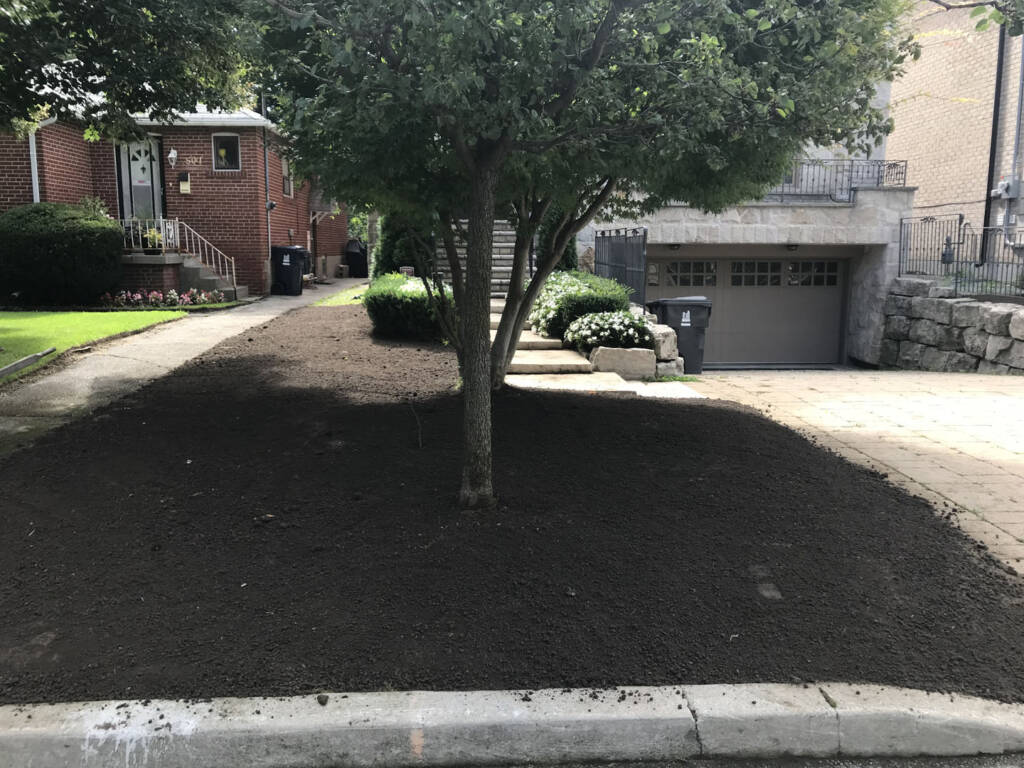

8. Remove Burlap and Twine
Once the tree is in place and the hole is filled halfway, cut away any twine and peel back or remove burlap from the top and sides of the root ball. This prevents growth restrictions.
9. Backfill the Hole
Use the same soil you dug out to backfill around the root ball. Firm it gently as you go to remove air pockets, but don’t pack it too tightly.


10. Water Thoroughly
Use the same soil you dug out to backfill around the root ball. Firm it gently as you go to remove air pockets, but don’t pack it too tightly.
11. Mulch Around the Base
Spread 2–4 inches of mulch around the tree in a wide circle, keeping it a few inches away from the trunk. Mulch conserves moisture and keeps soil temperatures stable.
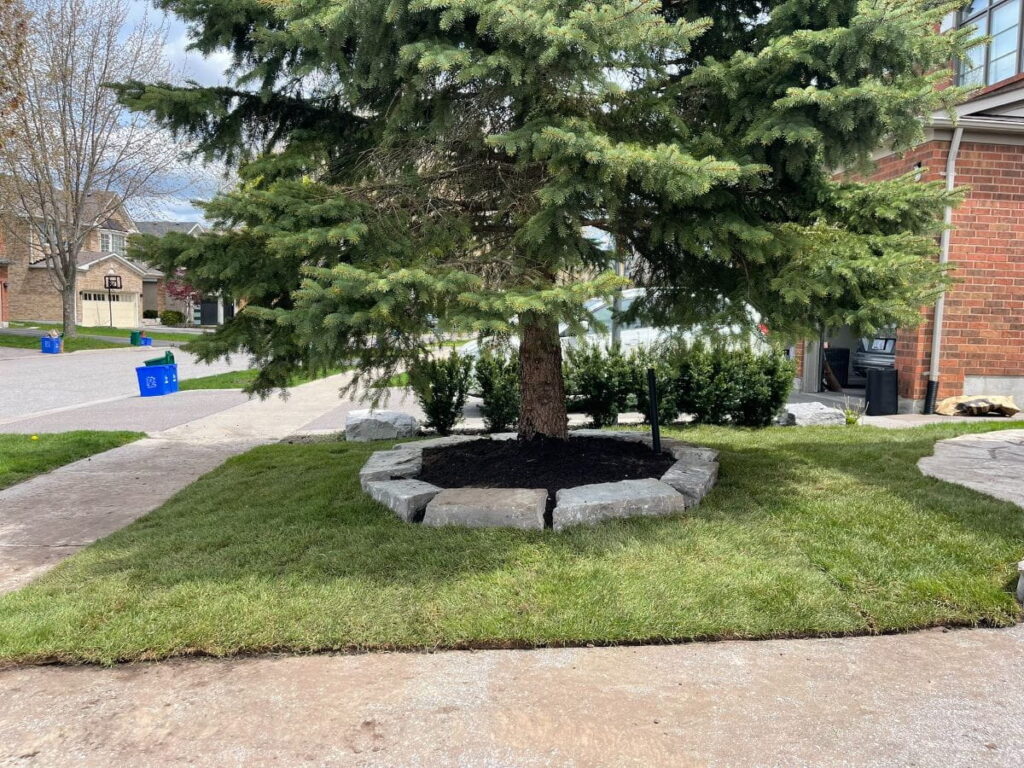
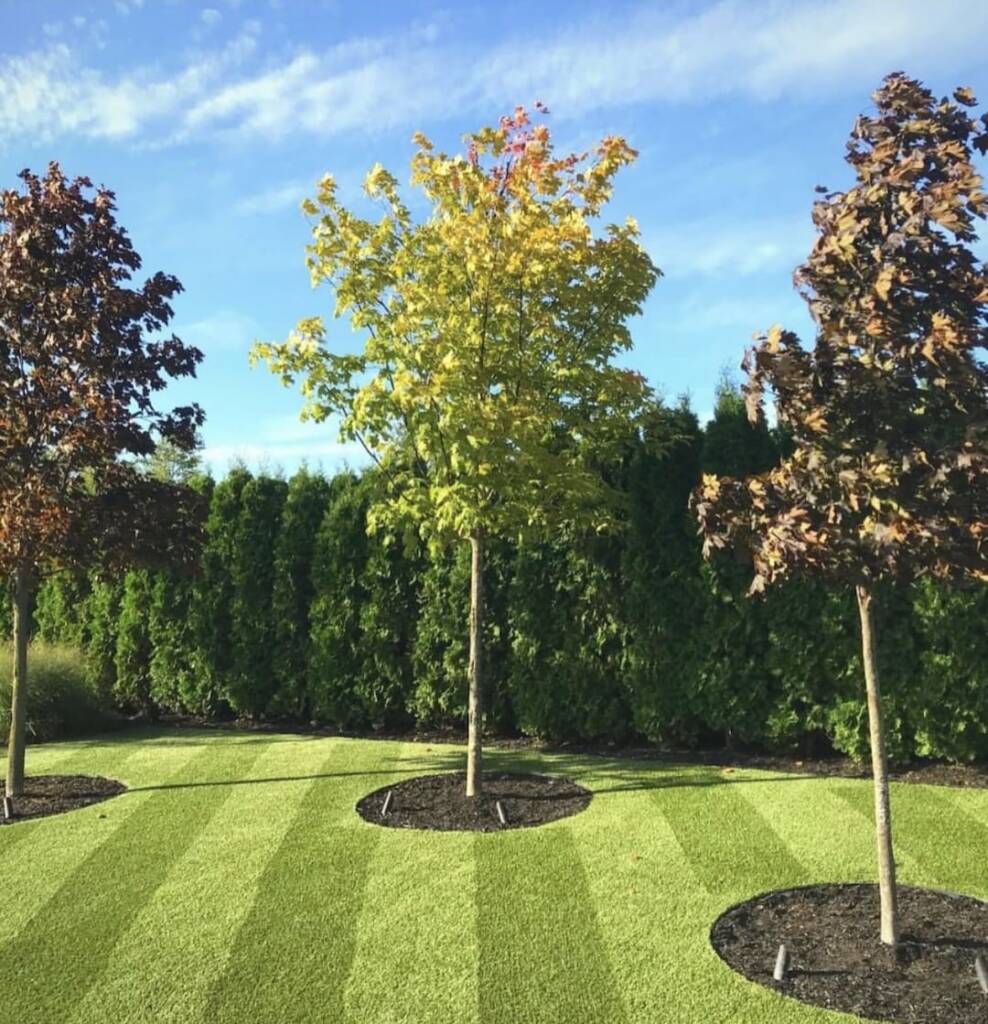
12. Monitor and Maintain
Check soil moisture regularly and water as needed during the first year. Avoid overwatering, but don’t let the root ball dry out. Remember that transplanted trees may take several years to fully establish.
How To Move a Small Tree Without Killing It
Moving a small tree doesn’t have to be complicated or costly. If you want to learn how to move a small tree without killing it or paying for someone else to handle it, you’ve come to the right place. Trees that have a trunk diameter of up to 2 inches can be transplanted without a professional arborist or landscaping crew. All you need is a spade, twine, burlap, and the right guide to lead you through the uprooting process.
Big or small, the best time of year to transplant deciduous trees is in the early spring before new leaves start to grow, or in the fall after the leaves have dropped. It’s always best to keep a ball of soil around a portion of the roots when moving a tree. This minimizes the risk of damaging the tree and increases its chances of survival.
Another key detail is to make sure the soil is moist before you uproot the tree. If you’ve had a relatively dry spring or fall, it’s best to water the tree you wish to transplant about 3 or 4 days before the move.
The steps involved in replanting trees are just as important as the initial uprooting. To improve your tree’s chances of survival, follow these replanting tips:
- Replant uprooted trees as soon as possible.
- Make the new hole two or three times wider than the root ball. The hole’s depth should be 2 to 3 inches shallower than the soil ball’s height.
- Use your hands to carefully repack the soil firmly around the roots.
- Water the tree every day for the first week or two after transplanting.
- Provide additional support by tying the tree trunk to two or more wooden or metal posts.
- Avoid fertilizing transplanted trees for at least a year.
Dealing With Transplant Shock
Even when a tree is carefully uprooted and replanted, it will often go through transplant shock.
This happens when the root system is disturbed, making it harder for the tree to absorb water and nutrients. The effects usually show in the canopy before the roots recover.


Here you have them: 12 simple steps to uprooting a tree stump safely and effectively. Now, replanting a tree is a whole other process that you need to be aware of. If you’re unsure of what to do after moving the tree to its new home, consult a professional arborist to guide you through the next stages.
RELATED ARTICLE: Tree Services – Removal and Planting
FAQs
Will cutting the tree roots kill the tree?
Cutting tree roots should be avoided whenever possible. Cutting the roots can harm the tree and decrease the chances of survival following transplantation.
When is the best time of the year to move a small tree?
Early spring and fall are the best times to transplant a tree that sheds its leaves seasonally.
How deep are small tree roots?
Small trees typically have shallow root systems of about 6 to 24 inches deep. The majority of the roots are located within the first few feet of soil.
Can you transplant any tree size?
Yes, trees of all sizes and types can be transplanted. However, replanting trees with a trunk diameter of more than 2 inches should only be done with the help of a professional landscaping company or arborist.
When should you cut down or transplant a tree?
Diseased or pest-infested trees should be cut down for health and environmental reasons. Healthy trees that are interfering with power lines or building structures can be transplanted.
How close to your home can tree removal be done?
Tree removals can be performed at any distance from your home, as long as you follow the necessary safety precautions and acquire the required permits. To prevent tree roots and branches from causing any damage, keep large trees at least 15 to 20 feet from your home.
